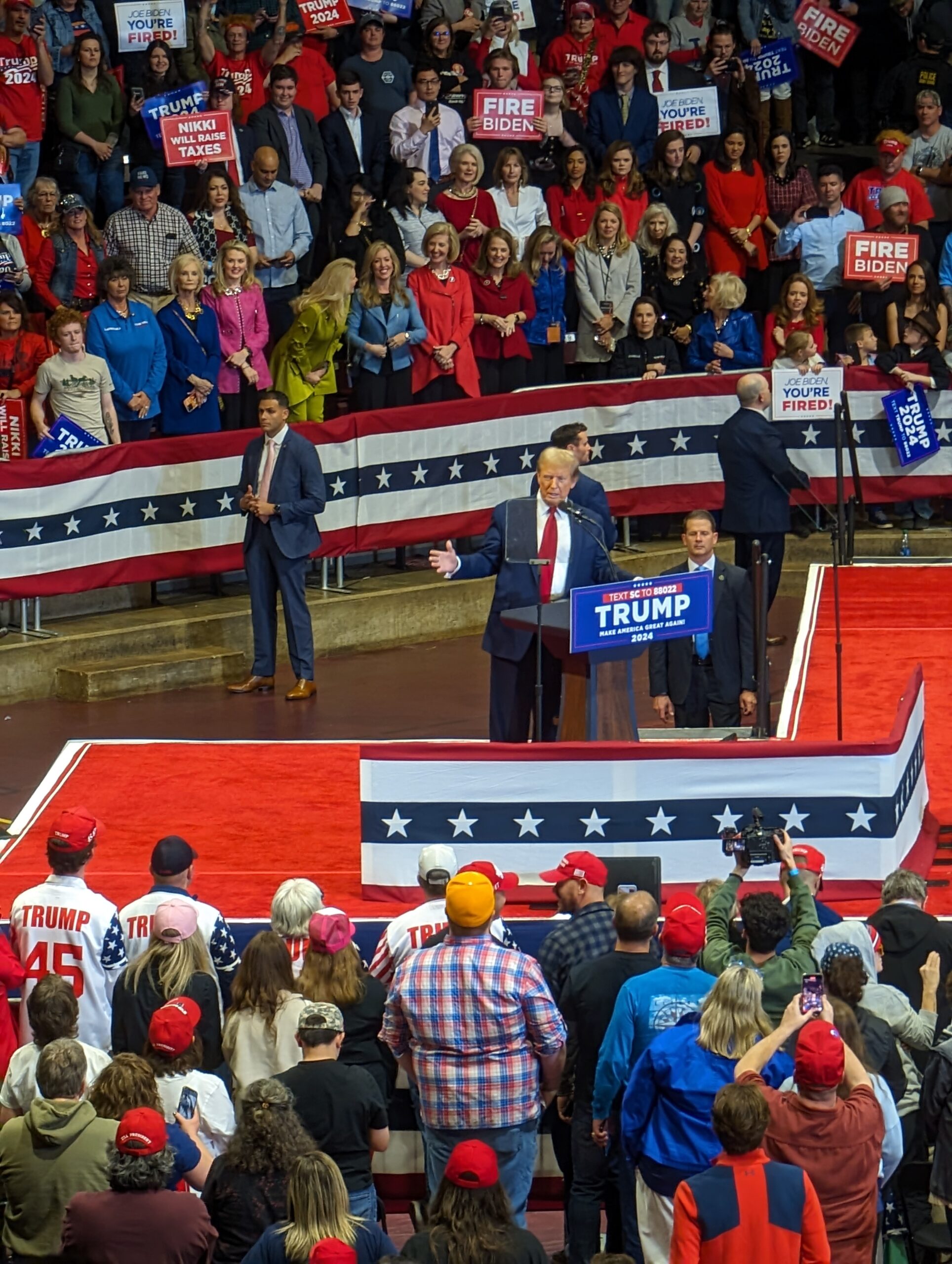TJ staff member reports from abroad in the Amazon rainforest
Thoughts of “indigenous Amazonians” often, with the help of inaccurate media portrayals, conjure images of remote and uncivilized tribes who speak solely in their native tongue and wear little clothing. An excursion to Sucusari to visit the Maijuna peoples revealed this as an imperfect rendering. Although their unique culture is intact, this is due to deliberate initiatives and thoughtful interactions with outsiders.
The Maijuna are one of Peru’s most vulnerable ethnic groups, according to Nature and Culture International, numbering fewer than 500 people. A Maijuna chief, Romero Rios, proposed to establish a conservation area in 2008 that would protect the four remaining villages of their ancestral homeland in the Amazon. This resulted in the development of the Maijuna-Kichwa Regional Conservation Area in Peru. The reserve is larger than California’s Yosemite National park and protects close to one million acres of rainforest.
“This conservation success happened because of the vision of the government, our assistance and support over many years, and because these indigenous communities held firmly to the unbreakable bond between their ancient culture and their natural environment – and acted to preserve both,” Nature and Culture International stated on their website. “This reserve now protects a vast area of Amazon rainforest for the benefit of local people and all of its extraordinary biological diversity, including tapirs, jaguars and giant river otters.”
Throughout history, rivers were the main form of communication for the natives of Amazonia. Increasingly, roads are taking over as the primary source of connectivity and economic development—but serves as a source for outsiders who may contribute to deforestation. Indigenous groups including the Maijuna community have resisted the construction of roads that cut through their native lands.
During the visit, the Maijuna often shuffled between speaking Spanish and speaking in their native tongue. Knowledge of Spanish is essential to this group’s connectedness to outsiders. However, some younger members of the village lacked interest in learning their native language. Clothing is another factor that is skewed in the media’s representation of natives. Documentaries show indigenous Amazonians naked or using small cloths for sparse coverage. While this is true of few tribes, the Maijuna peoples wore t-shirts, jeans, skirts and dresses like those seen outside of the jungle.
Interacting with the Maijuna peoples revealed the numerous ways the forest provides for their various needs. They gave us a tour of their “chacra,” which is Spanish for farmland. This is where they grew the cash crop cacao, a tropical evergreen tree cultivated for its seeds which are a source of chocolate. They cracked open the fruit and let us taste the sweet, gummy, white substance that surrounded the inner seeds. The Maijuna also demonstrated how they strip and boil the chambira palm to make
jewelry, baskets and other crafts.
The shamans or “medicine men” of Sucusari use jungle plants to treat respiratory problems, intestinal parasites, snake bites, and alleviate tribulations specific to the jungle. For example, certain forest products can be burned so that the smoke wards off mosquitoes and bats. “Sangre de dragón” or “dragon’s blood” is sap from a tree that kills mosquito larvae and lessens the urge to itch from mosquito bites and chiggers—mites that burrow into the skin in search of optimal feeding areas and insert their mouth parts. Cat’s claw, a plant named after its hook-like thorns, is a product often found in pulverized forms in the Belen Market. It is an anti-inflammatory and prevents cancer.
Shamans of Amazonia are most renowned for their ayahuasca ceremonies. There are two forms named for the types of hallucinogenic reactions the vine of this plant elicit—“Cielo,” meaning sky and “trueno,” meaning thunder. Referred to as the “soul vine,” ayahuasca serves an important and often spiritual purpose for tribes. According to the shamans we met, they are glad people are coming from around the world to learn from the plant, but disappointed by the tendency to use it irresponsibly and for profit.
Although these are only a small sample of natives living in the Amazon, close interactions provide insight into their way of life which differs from the understandings developed by outsiders who hyperfocus on extreme cases of untouched tribes. The Maijuna peoples and other natives of Sucusari are an example of indigenous groups who are open to forming positive relationships with outsiders willing to respect their culture.




